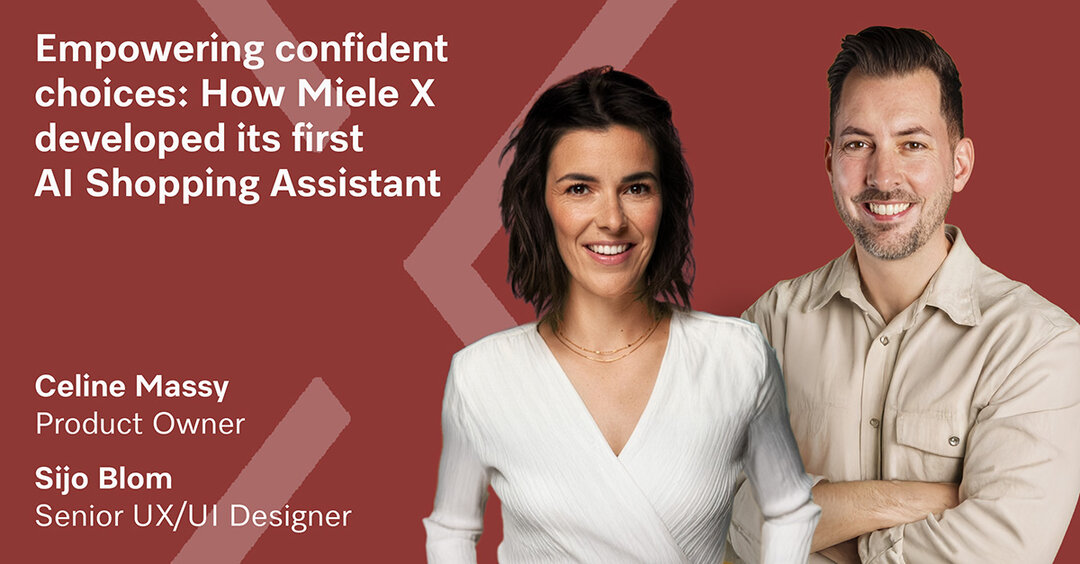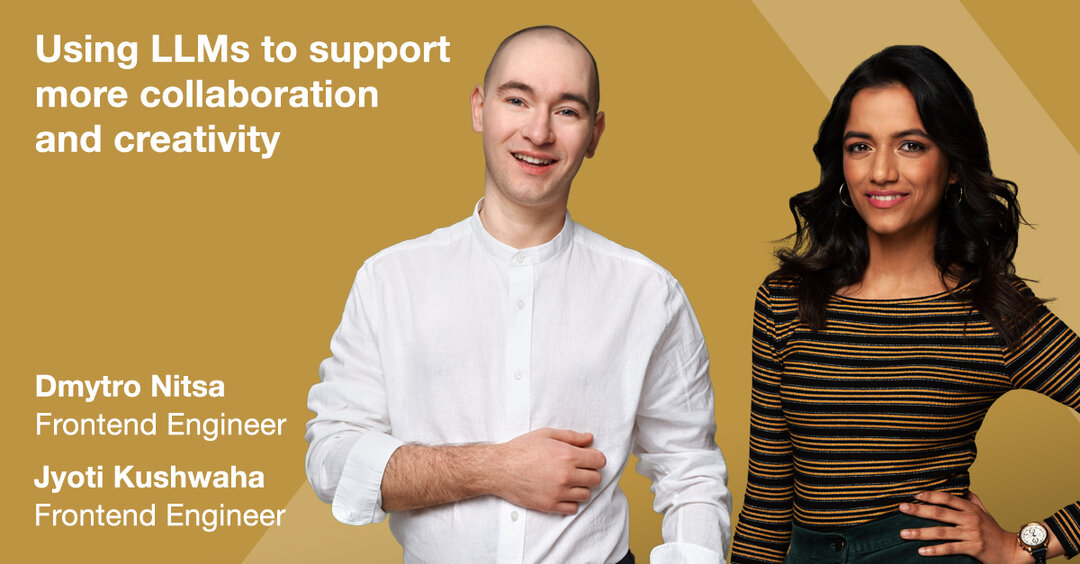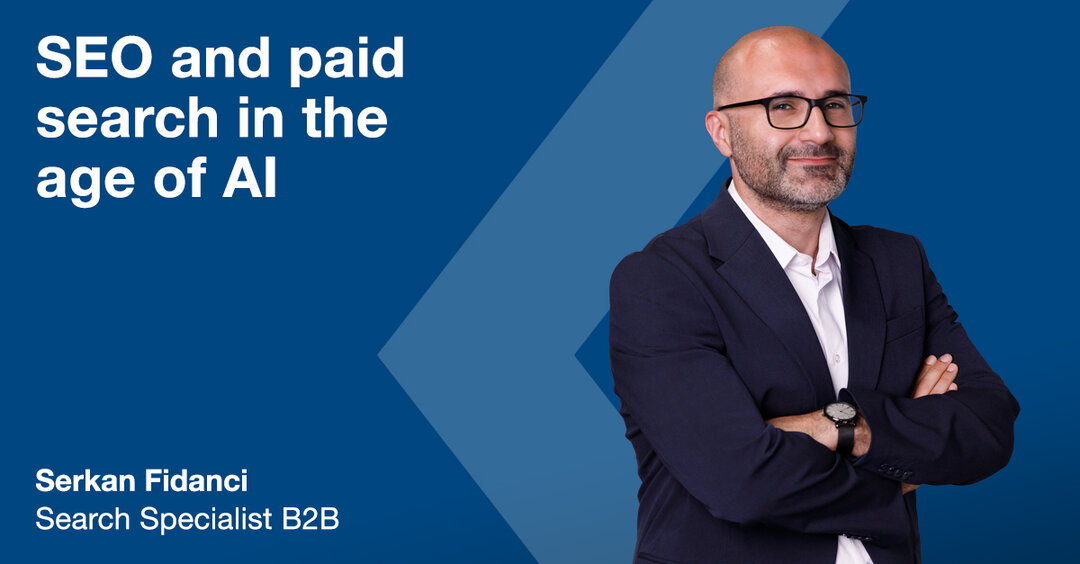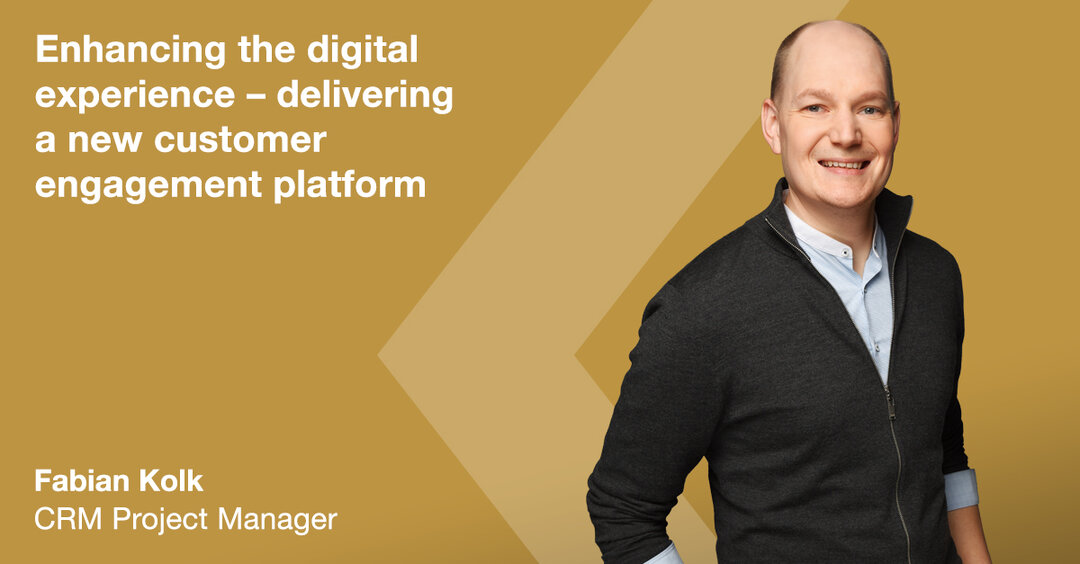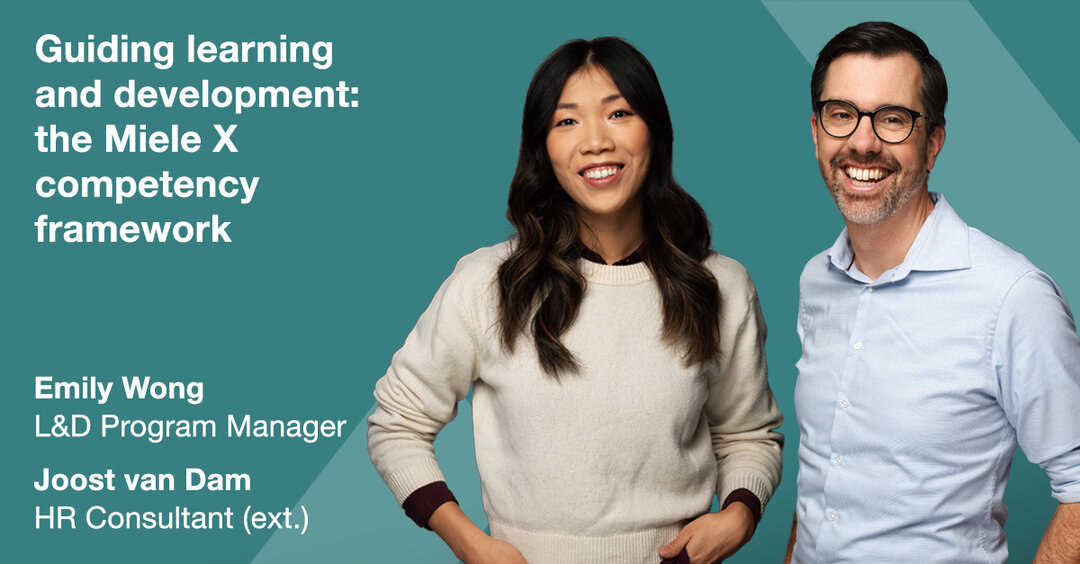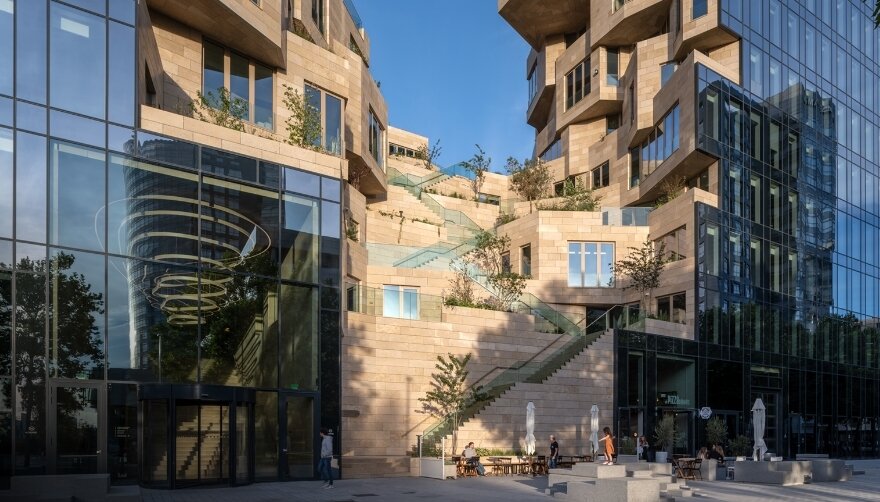Umut Ozbay joined Miele X in May this year, as Head of Data Visualisation. Umut is originally from Turkey. After graduating from university, he started working at ING where he had the opportunity to do a short-term assignment in Amsterdam for a year. He also studied in London and has a Bachelor Degree in Business Administration and a Masters in Sound Engineering and Design.
We caught up with Umut to find out a little more about how data visualisation is developing to support business decision-making and empower users across the global organization.

The Rise of Data Visualisation
When Umut started his career in the banking sector with ING, he first recognised the importance of data visualisation.
“Whilst I was working at ING, I saw how business data was getting bigger and bigger,” he explains. “It was really difficult for the business units to grasp all the data their portfolio was producing, so there was a gradually increasing demand for data analysis.”
Over the next few years, Umut’s role became increasingly geared towards collating and disseminating data. “Essentially, at ING, I was collecting data and reporting it in a visual way to management,” he says. “At the time, we had limited tools, so I was taking data from the reporting department on Excel spreadsheets and using generic software, like PowerPoint to create presentations.”
Developing Data Visualisation to Support Decision-Making
After seven years at ING, Umut moved to a consulting business and worked with some of the biggest firms in the country, developing his Data Visualisation skills, as the discipline developed and the tools progressed. In May this year, he returned to Amsterdam and joined Miele X as Head of Data Visualisation. He explains what his role entails.
“The main purpose of my team is to help the business communicate information clearly and efficiently,” he tells us. “Even a small-scaled company produce millions of rows of data every month. So, data visualization is actually a simplification process to reduce this information load to its core. Acquiring data, organizing it and giving it a structure are the first steps in the process. That’s what we call data integration. Then it’s information design which provides us methods to find the best and the most appropriate visuals to show the patterns and connections that matter in our data. The real challenge is to make the data more visual and more interactive, so people can make discoveries within the data and use it as a decision support mechanism. In simple terms, what we do is visualise the data and provide it to the relevant business users.”
This is done predominantly through the use of interactive dashboards. As Umut explains, “We build easy-to-use, professional and long-lasting dashboards, so that whenever a user logs in, they see the most up-to-date information available. Of course, there is maintenance work that goes along with this, but essentially the system works by itself, without human intervention.”
Creating a data-enabled organisation
Umut’s role goes far beyond simply designing and maintaining interactive dashboards. In fact, he and his team are at the forefront of Miele’s transformation to a data-enabled organisation.
“Miele is a worldwide business, active in over 50 countries.” Umut says. “Our ambition is to bring all the relevant data together under one umbrella, providing a standardised, holistic system that works across all Miele’s organisations.”
This represents an exciting challenge for Umut and his team. As he tells us, “We have much better tools at our disposal than we did ten years ago, and that helps a lot. And of course, when it comes to tools, systems and procedures, Miele is at the leading edge. We have the best people and the best technology.”
Shaping the Future at Miele X
So how has Umut found life at Miele X team so far? “It’s really amazing” he says, “everybody at Miele X is an expert, so working within the Miele X team, you’re learning new things all the time, from different departments and different people. Being at Miele X, I feel like I’m growing my career.”
“The culture is very diverse,” he tells us. “It feels good working in such an inclusive, diverse culture. We collaborate, share ideas and work together to do the best for the business.”
Whilst in the corporate world, data visualisation is very much in its infancy, Miele X is at the cutting-edge of the data revolution, and for Umut, the possibilities are endless. As he explains, “In the short term, we’ll be creating corporate dashboards, and in the long term moving more towards self-service analytics, which will allow people greater access to the data. AI is also another hot topic for everyone in corporate life right now, and it goes hand-in-hand with data visualisation, so that opens up a whole host of exciting opportunities.”
The future certainly looks bright for Umut and his team. But what would he say to someone thinking about joining Miele X? “Anyone who is willing to work with data using new technologies, Miele X is the right place to have a great experience.”
If, like Umut, you’d like to work in a fast-paced, forward-thinking environment and help to shape the digital future of one of the world’s best-loved brands, check out our latest opportunities.
What’s Next? You Decide.
Blog posts
Miele's path to digital growth
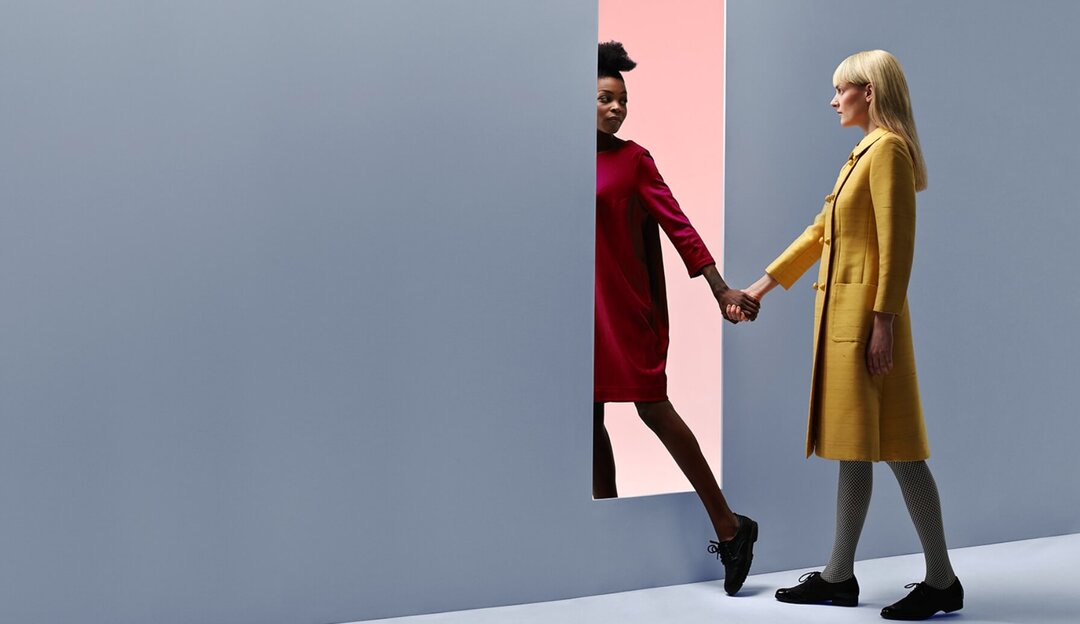
Search jobs
Help to shape the digital future of one of the world’s best-loved brands.
